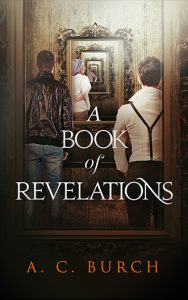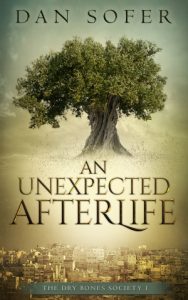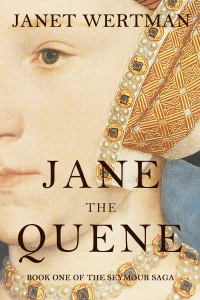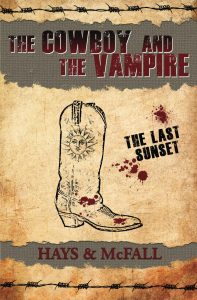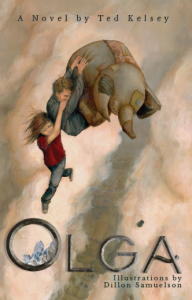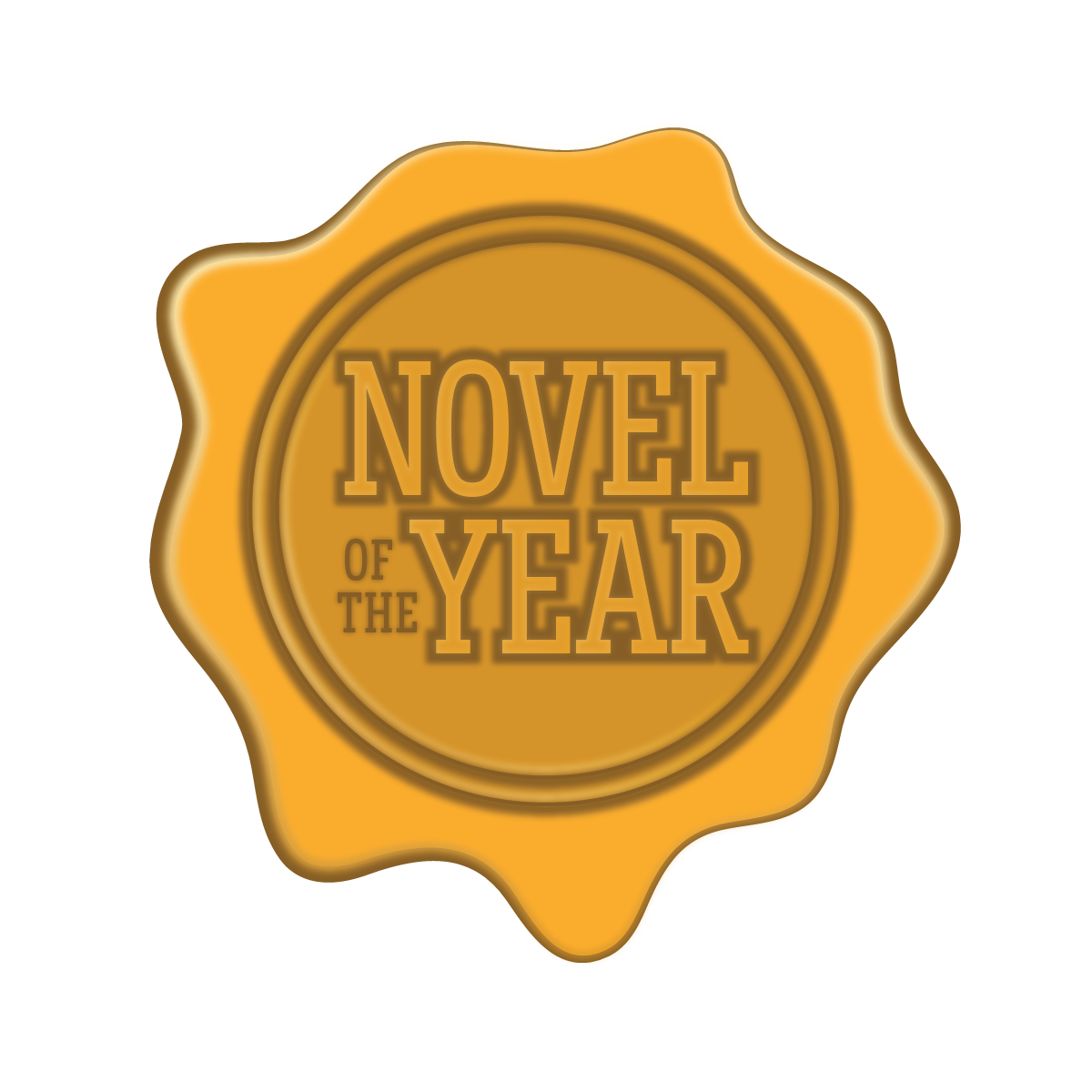The Rundown
The Recommendation
The Rating
The Links
The Reviewer
Renee Miller
Visit Renee Miller‘s website.
Writing style is found in the rhythm of the words we write. Sounds a lot like voice, but not they’re not quite the same. Voice is a component of your style, but the two sometimes overlap. Writers develop a voice that sets us apart from other writers and the process is a natural one in many cases. Maybe the best description of voice is that it’s your personality finding its way to the page. I’ll discuss this more in a future article. Today we’re focusing on style.
Now, style is a complex element in fiction writing, because it’s mostly subjective. There is often no right or wrong, so it’s hard to tell if your style is “good.” Some of use have an ornate writing style, because we tend to use long sentences with big words, metaphors or imagery. Others use a style that may be described as raw or “clean,” because we prefer simple sentence structure without a lot of descriptive words or phrases. Each style is fine. There is no wrong way.
Before we discuss good, bad or ugly style, let’s make sure we understand the nuts and bolts of what we're talking about. There are four basic styles in fiction writing. Of course, we combine these, and that’s fine, but many of us tend to consistently use one style more than the others for each piece we write. This dominant style helps to distinguish our work from other authors.
Expository
Expository writing style is a subject-oriented, which means the writer tells the reader about a specific subject. It’s factual. Clear. No biases or opinions sneaking in. Expository writing is typically used in non-fiction pieces to explain an idea using facts or details to support it. While it can be useful in fiction writing, it does have a tendency to be boring, because we’re telling the reader everything, rather than helping her see the story. Yes, I strongly believe in the “show don’t tell” adage, but I know that sometimes, telling is the only way. A discussion for a future article, yes?
Descriptive
Descriptive style is when you focus on describing something in detail. Writers that use this style are often described as poetic or lyrical. Instead of giving just information, as expository writing does, descriptive writing incorporates your senses into what you’re showing the reader. This style is meant to entertain. We want to let the reader enjoy the beauty of the written word, so we use more adjectives and adverbs, but it can border on purple prose if we’re not careful. The goal is for the reader to “see” what you’re writing easily and without effort. So the key to using this style effectively is to avoid overdoing it.
Persuasive
When writing persuasively, you’re trying to convince your reader of something. Whether it’s to persuade him to believe in your world, or to like a particular character, you will give reasons or justifications for actions, events or ideas in order to pull him over to your side. Persuasive style is commonly used in nonfiction writing, but it doesn’t rely heavily on facts, so it makes an effective tool in fiction as well. It has to be clear and concise, like expository, but the writer is free to use dramatic imagery or more forceful word choices. For example, sometimes we exaggerate a character’s reaction or emotions, or the description of a setting or event to get a stronger response from the reader. This is persuasive writing.
Narrative
In narrative styles, we basically tell the reader a story. Narrative is similar to descriptive writing, but its main goal isn’t to entertain with language. Narrative's goal is to convey what's happening to the reader. It’s a tricky style, that can slip into expository if you’re not careful. The key to narrative style is to keep the prose active, not passive. Avoid “was” or “were” and the like. Choose instead to use active verbs and phrases that show the action or idea, rather than tell your reader about it.
As I implied in the beginning of this article, not every style is “good.” Let me explain before you get all bent out of shape. Good writing style means your writing has harmony. Every element works together to create a rhythm that enables the reader to effortlessly slip into the world you’ve created. It really grates my cheese to hear a writer say “It’s my style” when someone critiques an error in their writing. Improper punctuation, grammatical errors, and poor formatting are NOT style. They’re a sign of laziness.
But let’s get back on track. Your writing style will be comprised of a few elements:
Diction or word choice - Self-explanatory, right? Good. Moving on.
Connotation vs denotation. (for those who are scratching their heads: Connotation is the emotional and/or imagery of a word. Denotation is the literal dictionary meaning.) - Do you use more literal terms or abstract and/or ambiguous? Prefer metaphors or imagery over precise descriptions? Both are good, so try to use both.
Voice (as I explained already)
Tone - This refers to how you want the reader to respond to what you’ve written. How do you want her to feel or think? Tone can be humorous, emotional, serious or ominous. It’s not the same as voice.
Sentence variety and structure - The tone or pacing of a particular passage may require long, complex sentences, or short, simple ones. It may use a little of both. Good overall writing style means you vary the sentence lengths and structure to suit the scene and the characters, as well as to control the pacing and tension.
All of these work together to create a writing style that is distinctly yours. Now, the question we should all ask at some point is how do I refine my writing style so it’s perceived as “good”?
Well, a few ways.
Language
The easiest way to improve your writing style is to look at your word choices. Are you using vague words or concise ones? Do you opt for obtuse or complicated phrases or words, when a simpler, easier to understand word is available? Use complicated words when you require a specific meaning or visual. All other times, choose the simplest terms possible. This gives the fancy words more impact when you need it.
Sentence Structure
Vary the sentence length and structure in your writing so that you limit the use of long, complex sentences. This helps keep the flow of your writing smooth and ensures the reader’s attention will be held. I’m not saying the reader is dumb. But a sentence that extends several lines, with a lot of commas or semicolons (or worse, no punctuation at all) is difficult to read and its meaning challenging to decipher. To be honest, I skip over these parts when they’re used frequently in a piece of writing, so whatever the author meant to convey is lost to me.
There are four types of sentences we can use: simple, compound, complex, compound-complex.
A simple sentence has a single clause, such as “Jack has a dog.” Compound sentences have two clauses or ideas, such as “Jack has a dog, but it is ugly.” Adding the conjunction “but” makes what could be two simple sentences into a single compound one. Following? Good.
Complex sentences are a little trickier. They contain one independent clause and one or more dependent clauses. Often the use of a subordinating conjunction changes a simple sentence into a dependent clause. (Subordinating conjunctions include words like after, although, as, because, before, how, if, once, since, than, that, though, till, until, when, where, whether, while, etc.) And that’s as far as we go into that for today.
Compound-complex sentences are exactly what they sound like; combinations of one or more compound sentences and one or more complex sentences. Easy, right? Good.
To create a smooth flow in my writing, I like to use the “diamond paragraph," which means I use a combination of simple, compound, complex and compound-complex sentences in each paragraph to create a diamond shape when the sentence types are listed.
Simple
Compound
Compound-Complex
Complex
Simple
Repetition
When you repeat words or ideas, it’s redundant and annoying. For example, “Joe is a mean man who is cruel.” To say a mean man is cruel is redundant, because mean and cruel imply each other on their own. Instead, you’d say “Joe is a mean man” OR “Joe is cruel.” Also try to avoid using the same words repeatedly throughout your story. This creates an echo that is distracting for the reader and will pull her out of the world you’ve created. Using the “find” feature in Word can tell you how many times you’ve used a particular word or phrase. Try it. Get a drink first, though.
Active. Active. Active.
While passive voice is perfectly fine, and necessary in some situations, a good writing style uses active voice whenever possible. Active is strong, because it is direct and requires fewer words than passive. It gets your idea across quickly, which smooths the flow of the prose. Passive voice slows shit down. Don’t slow the shit, kids.
Be clear.
A major element in a good writing style is using clear ideas and specific words. Vague or ambiguous words or ideas force the reader to guess at what you mean. Sometimes that’s okay, because that’s what you want to do, but in general, try to be concise and clear by using specific words and language. Don’t beat around the bush, is what I’m saying.
Read. Write. Read again.
Finally, the best way to refine your style is to read. Read lots. Vary your book selections to include different genres and authors. Read all you can. Good, bad, ugly, whatever. The more you read, the more you hone in on the style you are drawn to, and the easier it will be to incorporate it naturally into your writing.
That’s all for today. I know I’ve been rather long-winded, but style isn’t a simple thing to discuss or explain. Next time we meet, we’ll look at voice, and why finding yours is vital to standing out in the crowd.


